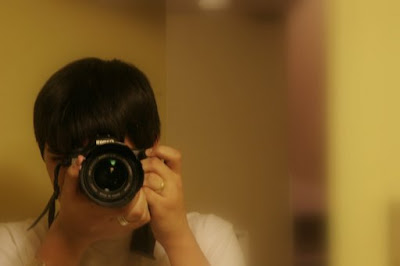 Link to Web Albums
Link to Web AlbumsRESEARCH:


Walker Evans
Birth:November 3,1903 St.Louis, Missouri. Death:April 10, 1975 New Haven,Connecticut
photographer
American
Walker Evans (November 3, 1903 – April 10, 1975) was an American photographer best known for his work for the Farm Security Administration documenting the effects of the Great Depression. Much of Evans' work from the FSA period uses the large-format, 8x10-inch camera. He said that his goal as a photographer was to make pictures that are "literate, authoritative, transcendent". Many of his works are in the permanent collections of museums, and have been the subject of retrospectives at such institutions as The Metropolitan Museum of Art.
"Leaving aside the mysteries and the inequities of human talent, brains, taste, and reputations, the matter of art in photography may come down to this: it is the capture and projection of the delights of seeing; it is the defining of observation full and felt."
Walker Evans began to photograph in the late 1920s, making snapshots during a European trip. Upon his return to New York, he published his first images in 1930. During the Great Depression, Evans began to photograph for the Resettlement Administration, later known as the Farm Security Administration (FSA), documenting workers and architecture in the Southeastern states. In 1936 he traveled with the writer James Agee to illustrate an article on tenant farm families for Fortune magazine; the book Let Us Now Praise Famous Men came out of this collaboration.
Throughout his career Evans contributed photographs to numerous publications, including three devoted solely to his work. In 1965 he left Fortune, where he had been a staff photographer for twenty years, to become a professor of photography and graphic design at Yale University. He remained in the position until 1974, a year before his death.
http://en.wikipedia.org/wiki/Walker_Evans
http://www.getty.edu/art/gettyguide/artMakerDetails?maker=1634


Henri Cartier-Bresson
(August 22, 1908 – August 3, 2004) was a French photographer considered to be the father of modern photojournalism, an early adopter of 35 mm format, and the master of candid photography. He helped develop the "street photography" style that has influenced generations of photographers that followed.
“For me the camera is a sketch book, an instrument of intuition and spontaneity, the master of the instant which, in visual terms, questions and decides simultaneously. In order to “give a meaning” to the world, one has to feel involved in what one frames through the viewfinder. This attitude requires concentration, discipline of mind, sensitivity, and a sense of geometry. It is by economy of means that one arrives at simplicity of expression.
To take a photograph is to hold one’s breath when all faculties converge in a face of fleeing reality. It is at that moment that mastering an image becomes a great physical and intellectual joy.
To take a photograph means to recognize – simultaneously and within a fraction of a second– both the fact itself and the rigorous organisation of visually perceived forms that give it meaning.
It is putting one’s head, one’s eye, and one’s heart on the same axis.”
http://en.wikipedia.org/wiki/Henri_Cartier-Bresson
http://www.henricartierbresson.org/hcb/home_en.htm



















